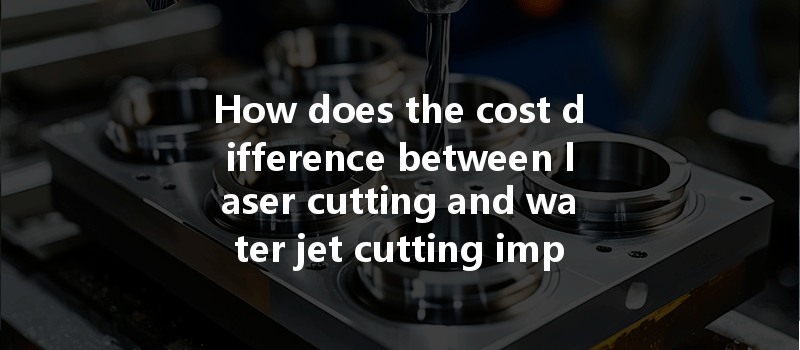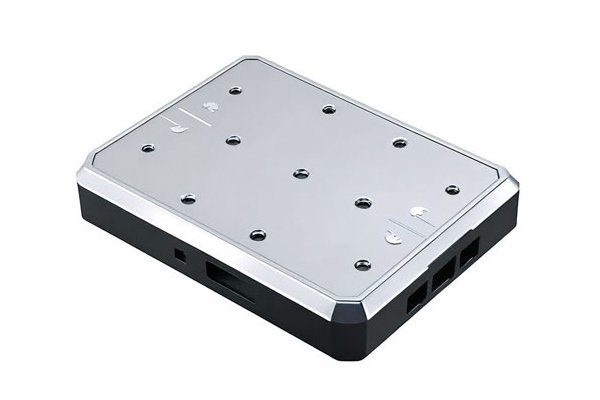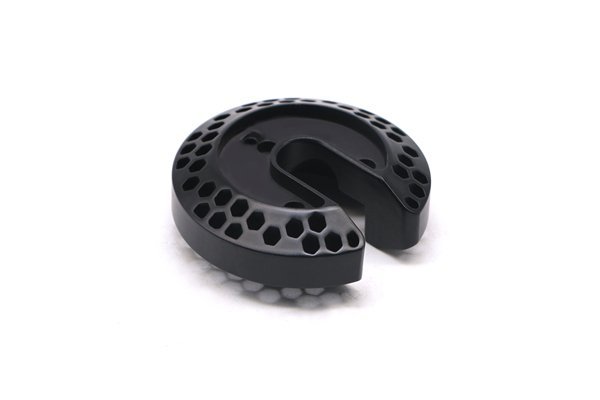Did you know that the choice of cutting technology can significantly affect your project’s budget, sometimes in unexpected ways? According to industry studies, the fabrication sector sees up to a 30% variance in cost between different cutting methods, primarily due to material waste, labor, energy consumption, and machine setup costs. This striking statistic warrants a deeper examination into the two popular cutting technologies: laser cutting and water jet cutting. How do these methods compare in terms of cost, efficiency, and quality?
In this comprehensive guide, we’ll explore the nuances of laser cutting and water jet cutting, providing a detailed analysis of their cost implications. By the end, you’ll be equipped to make informed decisions that align with your project’s budget and objectives.
—
What is Laser Cutting?
Laser cutting is a technology that uses a high-powered laser beam to cut or engrave materials. The laser’s intensity is focused through optics, allowing precise cuts with high energy concentrated on the desired material. Laser cutting is widely used in industries ranging from automotive to aerospace due to its speed, accuracy, and versatility.
How Laser Cutting Works
The laser cutting process typically involves the following stages:
Advantages of Laser Cutting
—
What is Water Jet Cutting?
Water jet cutting is a technology that uses a high-pressure jet of water, often mixed with an abrasive substance, to cut through materials. This method can handle a wide range of materials, from metals and plastics to glass and ceramics.
How Water Jet Cutting Works
The water jet cutting process consists of the following steps:
Advantages of Water Jet Cutting
—
Cost Analysis: Laser Cutting vs. Water Jet Cutting
Understanding the cost implications of both technologies is crucial for project budgeting. Let’s break down the cost aspects based on several criteria.

Energy consumption varies between the two technologies. Laser cutting systems often consume more electricity due to the high-powered laser but can cut faster, thus reducing operational time. Water jet systems can be more energy-efficient but may take longer for the same cuts, leading to potentially higher energy consumption over time.
—
Case Studies and Applications
Case Study 1: Aerospace Components
In the aerospace industry, precise and high-quality cuts are paramount. A company required complex aluminum parts with tight tolerances. By choosing laser cutting, they could achieve these demanding specifications efficiently while keeping costs manageable. They reported significant savings in material waste and labor due to the speed and flexibility of laser technology.
Case Study 2: Decorative Architectural Elements
An architectural firm sought to create intricate designs from various materials, including stone and metal. Water jet cutting provided the versatility needed to handle different textures without damaging them. Even though the water jet process’s longer routing contributed to higher costs, the quality and aesthetic appeal justified the expenditure.
Case Study 3: Automotive Industry
A car manufacturer needed to cut large metal sheets for body components. They opted for laser cutting due to its faster processing time and reduced material waste. The savings generated from material conservation and labor time directly impacted their profit margins positively.
—
Choosing the Right Cutting Method for Your Project
When making a decision between laser cutting and water jet cutting, consider the following factors:
—
In summarizing, while both laser cutting and water jet cutting have their unique advantages and cost structures, the right choice largely depends on project-specific needs. By taking into account factors such as material types, precision requirements, production volume, and budget constraints, companies can make informed decisions that enhance their productivity and profitability.
Ultimately, the implications of choosing the right cutting technology go beyond immediate costs; they can influence your project’s overall success. By understanding these intricate details, you can ensure that your budgeting aligns with your strategic goals in your fabricating endeavors.
Understanding the importance of this decision could mean the difference between project success and financial loss. Hence, investing time in understanding these technologies and their implications will pay dividends in future projects. Remember that the choice you make today can steer the direction of your manufacturing efficiency for years to come.






